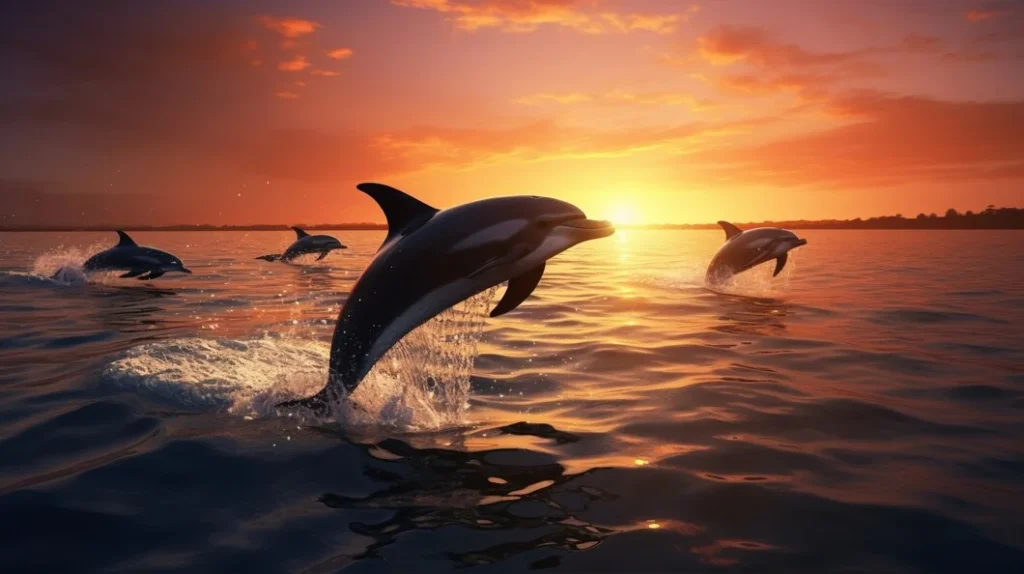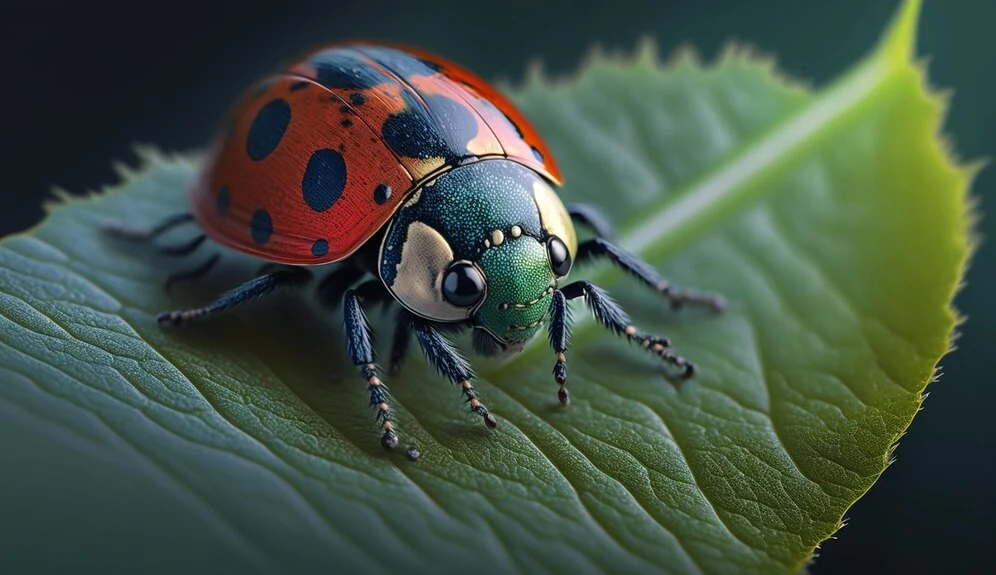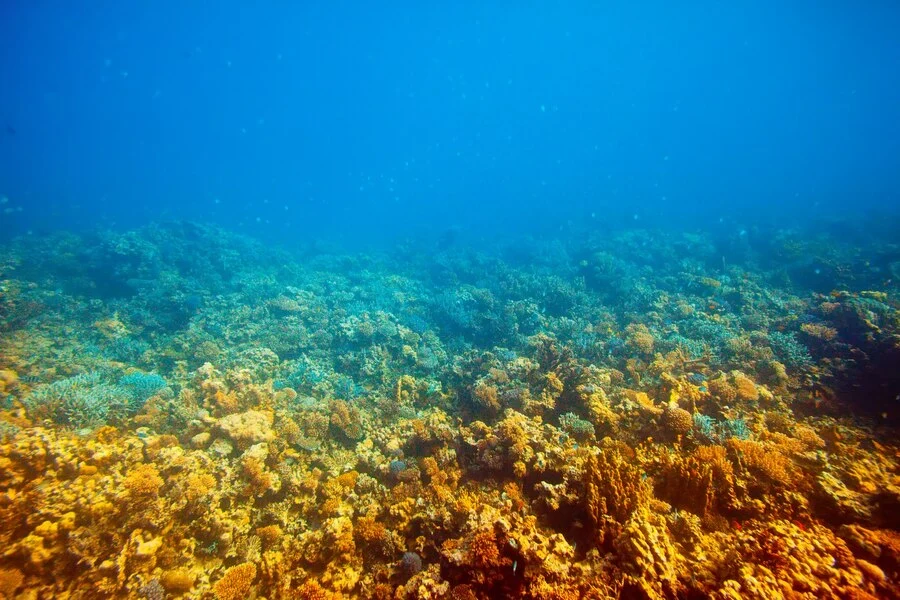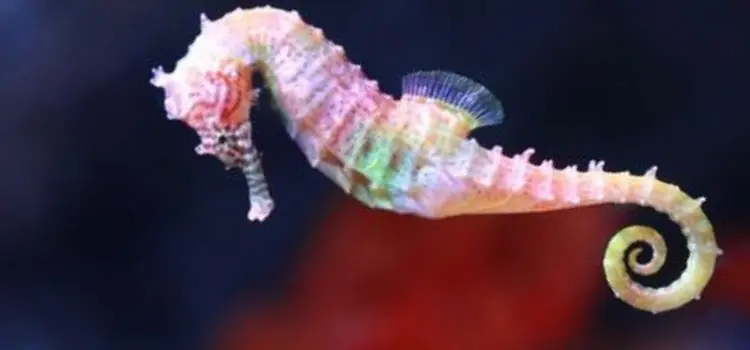Seahorse Care and Aquarium Setup
Seahorses: Mystical Marvels of the Aquarium World
The world of aquarium keeping is filled with enthusiasts constantly seeking unique and captivating creatures to adorn their aquatic ecosystems. Whether it’s the allure of vibrant colors, distinct personalities, or unusual physical forms, aquarists are always on the lookout for that special addition to their tanks. Among the myriad of aquatic wonders, few creatures captivate the imagination quite like seahorses.
Unlocking the Mystique of Seahorses
Seahorses, with their horse-like heads seamlessly fused with armored, serpentine bodies, are truly mesmerizing. These enchanting creatures are a delight to observe in aquariums, and with careful planning and research, they are not significantly more challenging to care for than many other fish. In this comprehensive guide, we aim to demystify the art of seahorse care and provide essential insights into creating and maintaining a stable environment, ensuring that even novice aquarists can enjoy these captivating and beautiful animals.
Seahorse Basics
Before delving into the intricacies of seahorse care, it’s crucial to understand the fundamentals. Seahorses encompass various species, each with unique environmental requirements. In this guide, we’ll primarily focus on common seahorse species, including Hippocampus erectus, H. reidi, and H. barbouri, which typically reach a height of 5 to 8 inches when fully grown.
Notably, seahorses differ from most bony fishes in several key ways. Their gills are less efficient at gas exchange, and they lack true stomachs, resulting in a need for frequent feeding to sustain their energy levels. Additionally, seahorses lack scales, relying on an exoskeleton covered with skin-like tissue. This unique structure can make them more susceptible to bacterial or viral infections, necessitating vigilant skin monitoring by the aquarist.
One of the most distinctive features of seahorses is their elongated snout, adapted for swiftly capturing small prey. Despite their small mouths, seahorses can surprise observers by attacking and consuming prey significantly larger than themselves. Thus, it’s crucial to consider the compatibility of tankmates, as smaller organisms like peppermint shrimp may become a seahorse’s meal.
Establishing a Seahorse Habitat
When embarking on the journey of seahorse keeping, it’s advisable to start with a new aquarium dedicated solely to these delicate creatures. The selection of an appropriate tank size and shape is paramount. Seahorses are vertically oriented animals, making the height of the aquarium as important as its footprint. Opt for a tank that is at least 18 inches tall, with taller tanks offering a better environment for their unique behavior.
For instance, a 37-gallon tall “cube” tank, with a footprint of roughly 19 by 19 inches and 24 inches of height, can comfortably house three or four seahorses without causing undue stress. Adequate lighting is crucial; standard fluorescent strip lights are generally sufficient, but it’s essential to balance light intensity, especially if you intend to incorporate corals into the tank.
Maintaining Ideal Water Conditions
Seahorses have specific temperature preferences, favoring cooler water compared to typical tropical aquariums. To ensure their comfort, maintain a tank temperature between 74 to 76 degrees Fahrenheit. This can be achieved by using fans or, in warmer climates, considering the use of chillers.
Filtration is a topic of debate in aquarium circles, but for seahorse tanks, a good-quality hang-on-the-back (HOB) filter is generally suitable. Avoid excessive water flow, as seahorses are relatively weak swimmers and may struggle in strong currents. Protein skimmers prove valuable, not only reducing nitrates and organic matter but also increasing oxygen content in the water, essential for seahorses with primitive gills.
Incorporating a low-flow powerhead near the bottom or back of the tank helps eliminate dead zones and maintains adequate oxygen levels without causing stress to the seahorses.
The Era of Captive-Bred Seahorses
In recent years, the world of seahorse keeping has witnessed a groundbreaking development: the emergence of captive-bred seahorses. These specimens outshine their wild counterparts in many aspects, from their adaptability to a broader range of environments to their resistance to diseases. Moreover, by choosing captive-bred seahorses, you contribute to the conservation of these captivating creatures, as they are not removed from their natural habitat.
Selecting Compatible Tank Mates and Environment
Designing a seahorse tank requires careful consideration of tankmates. While the notion of species-only tanks is prevalent, with proper planning, it is possible to find compatible fish, invertebrates, and corals. A variety of resources, such as seahorse.org, offer guidance in this regard. Here is a basic list of potential additions to your seahorse setup:
Fish
- Slow and cautious fish, like scooter blennies, firefish, Banggai and pajama cardinals, and royal grammas, generally make safe tankmates.
- Small goby species are also acceptable, provided they have low activity levels.

Invertebrates
- Most snails are suitable for seahorse tanks and are recommended for cleaning up leftover food.
- Small hermit crabs, like the blue-legged varieties, are acceptable and contribute to tank cleanliness.

Corals
- When it comes to corals, it’s essential to select species compatible with seahorses’ lighting preferences. Lower-light corals are preferred.
- Large-tentacled large polyped stony (LPS) corals should generally be avoided due to their stinging cells.
- Colony polyp corals, such as zoanthids, green star polyps, clove or daisy polyps, mushrooms, and ricordias, are typically safe choices.
- Some LPS species, like Acanthastrea, Favites, and Lobophyllia, can also be considered under T5 lighting.

Providing Essential Structures
Seahorses require structures to hitch onto during the day, where they spend most of their time. Gorgonians are excellent for this purpose, as are faux corals and kelp. Providing hitching posts around the tank allows seahorses to perch and wait for their prey.
The Role of Macroalgae
Many seahorse species inhabit shallow seagrass flats and seagrass zones near reefs. While collecting seagrasses may be prohibited, various macroalgae can serve as suitable substitutes. Depending on local regulations, different species of Caulerpa algae are excellent choices. These algae not only provide a natural aesthetic but also help filter out ammonia and nitrate.
The Art of Feeding Seahorses
Feeding seahorses is a unique experience, as they are slow and methodical feeders. Frozen Mysis shrimp is considered the best food for captive-bred seahorses. To present the food effectively, consider using a turkey baster. You can hand-feed them patiently, spot-feed shrimp in front of them, or establish a feeding station where they can consume their meals.
Seahorses typically require six to eight shrimp feedings twice a day, with larger seahorses needing more sustenance. Monitoring their feeding habits is crucial for their health and well-being.
Health and Disease Prevention
Seahorses, like any other fish, are susceptible to diseases, including the common marine parasite, ich. Prevention is key, so quarantine any new additions to the tank before introducing them. Additionally, monitor seahorses for color changes, as drastic alterations may indicate stress. Regular observations help catch potential issues early, ensuring the long-term well-being of these captivating creatures.
In Conclusion
In closing, this comprehensive guide has equipped you with the knowledge and insights needed to create a thriving seahorse aquarium. While it may require a bit more effort upfront, the rewards of a seahorse tank are unparalleled. These enchanting creatures will not only mesmerize you but also provide endless fascination as you watch them navigate their unique underwater world. So, prepare yourself for the enchantment of seahorse keeping, and remember that your seahorses will be watching you as much as you watch them.

